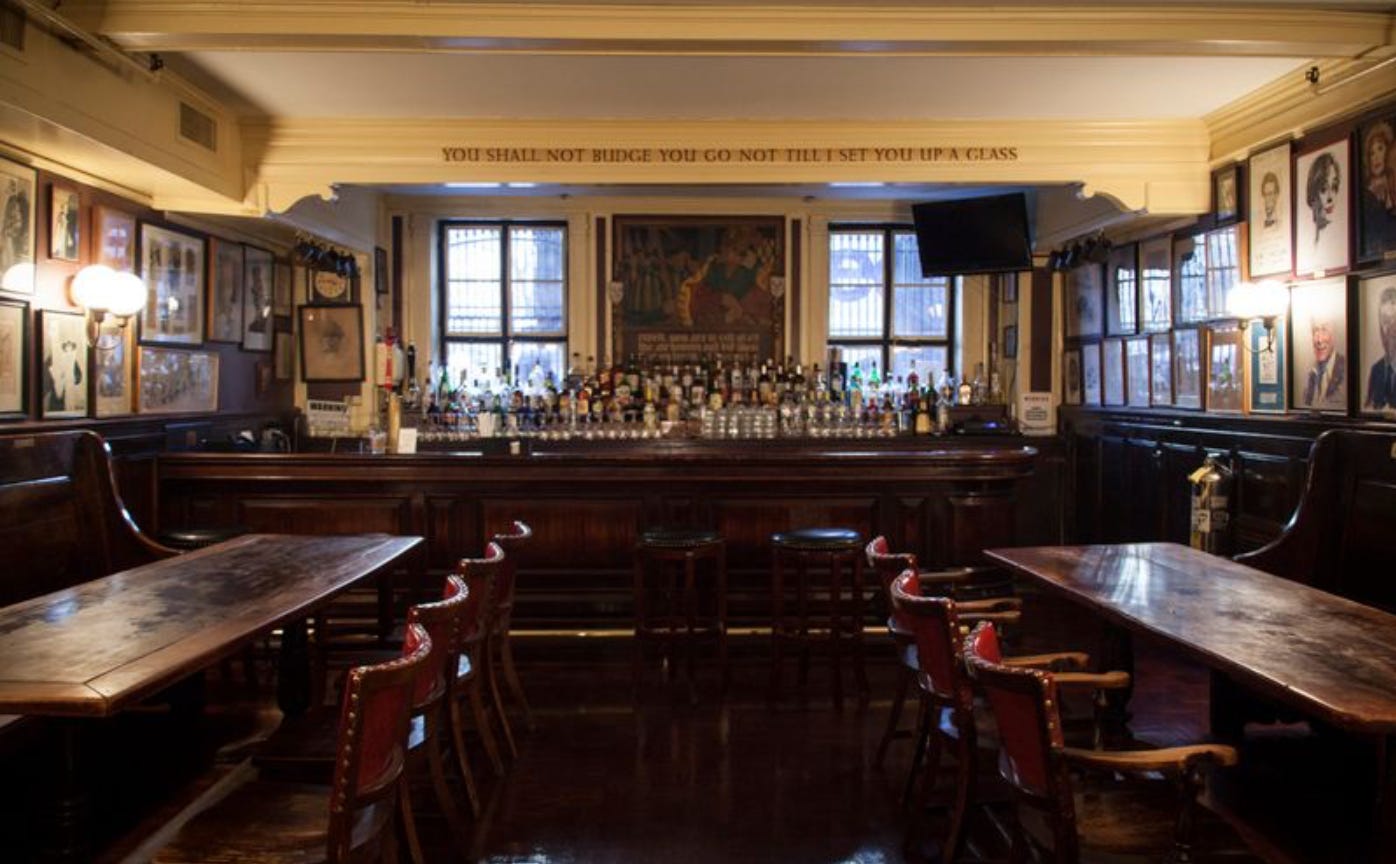Every exceptional club has a Club Table. Sure, there are acceptable and even pretty good clubs that don’t have them. There isn’t, however, a single club that is truly exceptional that doesn’t have a Club Table or some space where members have no option but to socialize with anyone who sits beside them.
Unfortunately, at least according to my travels throughout Clubland and anecdotal evidence from fellow club rats, the sheer amount of Club Tables in clubs across the United States is shrinking.
And with it goes the best real estate in Clubland: a seat at the Club Table with the full assortment of Clubland, including the jester and the children left over from Passover.

What’s the Club Table? It’s usually a long table commonly made of maple or oak from a tree that’s been dead as long as the clubhouse’s doors have been open. There’s usually some lore around the Club Table, commonly in the form of whittling of famous and forgotten names beneath it by last generation’s club rats. This is certainly the case at my club, The Players, which has featured many members whose fame made them household names.
Club tables are guided by The Rule: everyone who takes a seat here must be open to conversation. Private conversations are for dining rooms that require a coat and tie or smaller tables placed besides the pool table where you’ll be constantly interrupted by cue sticks and elbows.
Perks of such a physical space in the clubhouse are endless, such as greater relationship building and social cohesion among members, a meaningful use of unstructured time and fulfilling the responsibility of connecting others.
The latter sometimes plays in more creative ways. There’s countless stories shared at The Players, for instance, of members meeting their professional idols on an afternoon at the Club Table and having the entire trajectory of their career changed or simply gaining some sound advice.
One of Clubland’s hidden perks is the ability to easily build relationships with a wide array of people rather effortlessly. Clubs should seek any opportunity to facilitate this and it doesn’t get much easier than placing a handsome—but not intimidating—table in a cozy corner of the Grill Room and enforcing The Rule with the utmost stringency.
Clubs still seem to get this wrong. Some light reporting in the form of phone calls to members that I know shows that some of Manhattan’s most reputable clubs, such as The University Club, Harvard and Yale clubs (sorry Cornell, I didn’t pick up the phone!), Down Town Association and even the New York institution, The Knickerbocker Club, all do not have them.
A former member told me that the day when “The Knick”, as it is affectionately called, removed the Club Table was the day that he submitted his resignation. “It was a signal to me that something was seriously wrong here,” he said.
Many clubs that have kept the Club Tables seem to have forgotten their purpose in the first place. These spaces aren’t meant to collect dust or round up those people in the club who you’d rather sit among themselves than near you. Nor are these tables an opportunity to show off the Club’s exorbitant budget, especially at the sacrifice of function. A prospective member shared that he had to nearly yell across the ornate yet excessively large Club Table at a historic San Francisco clubhouse.
“[I] truly felt so sorry for the older gentleman who suffered from some hearing issues seated across from me,” she, a theatre producer, shared. “He really seemed excited to have a younger person, and especially a woman, inside the Club.”
Club Tables could play a small part in fixing the white-collar loneliness epidemic and perhaps, an even larger part in clubs attempting to reach younger members.
Imagine being a young professional in your 20s or 30s with access to an intergenerational network of peers, delicious food and beverages, and the spirit of camaraderie and curiosity all at a single table that you can access for more than two-thirds of the day.
Clubs should see bringing these tables as a small investment for enhancing social cohesion and building another generation of club lovers. And for that, it’s worth every cent.


